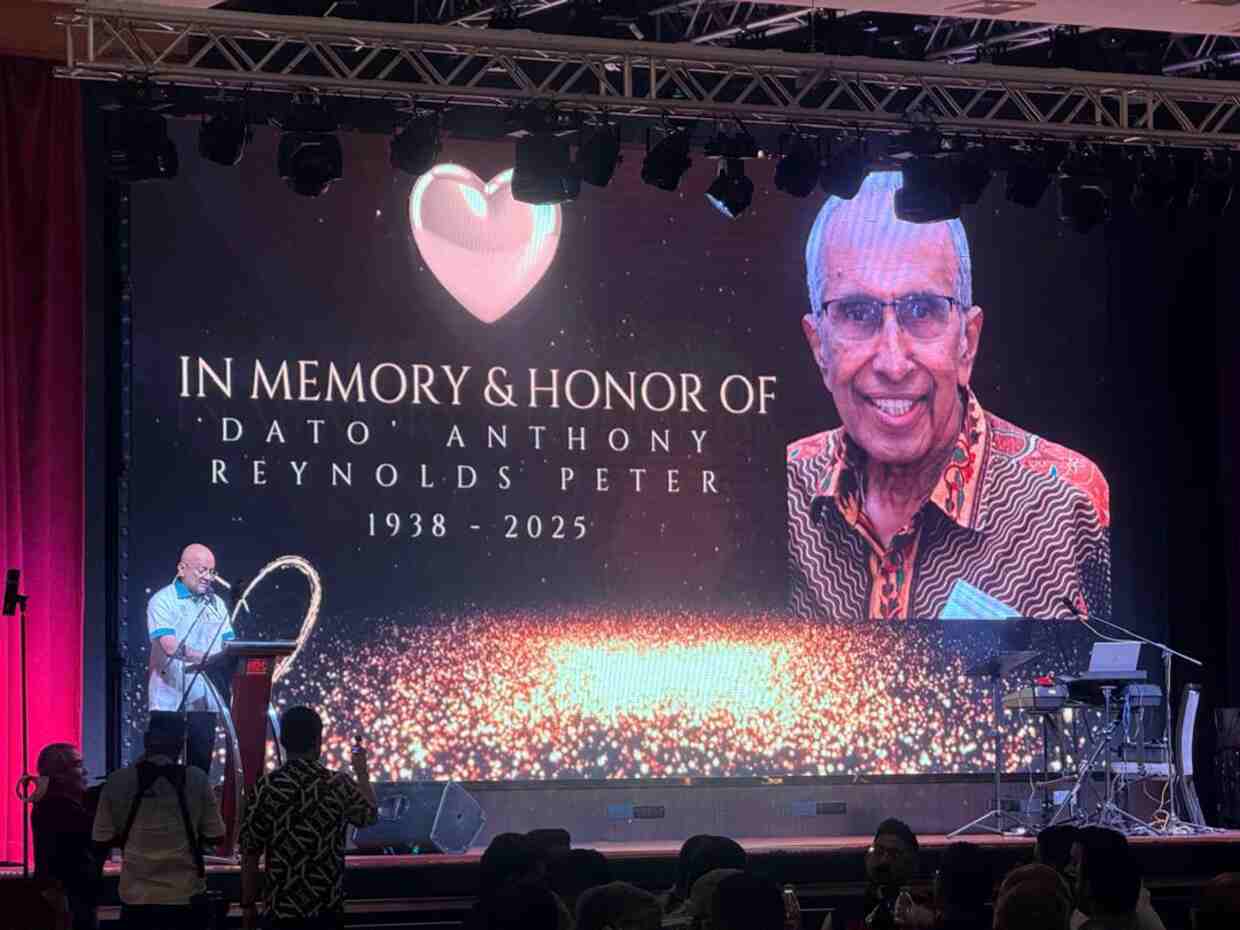The aspiration for Greater Kuala Lumpur/Klang Valley (Greater KL/KV) is to drive rapid growth parallel with upgrading the city’s liveability, according to the Economic Transformation Programme (ETP)’s A Roadmap for Malaysia.
For this National Key Economic Area (NKEA), the Greater KL/KV extends beyond the boundaries of Kuala Lumpur. It is defined as an area covered by 10 municipalities, each governed by local authorities – Kuala Lumpur City Council (DBKL), Perbadanan Putrajaya, Shah Alam City Council (MBSA), Petaling Jaya City Council (MBPJ), Klang Municipal Council (MPK), Kajang Municipal Council, Subang Jaya Municipal Council (MPSJ), Selayang Municipal Council, Ampang Jaya Municipal Council (MPAJ) and Sepang District Council.
In 2010, the Greater KL/KV population was estimated at six million and it contributed about RM263 billion to the nation’s Gross National Income (GNI), proving that Greater KL/KV was indeed the engine of the nation’s economic growth and hence designated as a NKEA.
Greater KL/KV is a unique NKEA as it has a geographical focus rather than the industry focus of the other 11 NKEA’s.
According to the ETP, Greater KL/KV was selected as a NKEA to reflect four important dynamics, the first one — that urbanization is a driver of GNI growth, where urbanization was one of the most important drivers of economic growth in any country. Secondly, the Primary City Matters Most — that Greater KL/KV dominates Malaysia’s urban economy and by a large margin and over the next decade, Greater KL/KV was targeted to grow in population by five percent per year and achieve GNI growth of 10 per cent a year.
The third dynamics is that Urban Productivity Does Matter — that the challenge for Greater KL/KV was to harness the power of urbanization while shaping it to maximise urban productivity to simultaneously pursue efficiency and liveability.
Finally a great city needs to be a liveable city — because while urbanising intensively, Greater KL/KV must also focus on improving liveability and among challenges for Greater KL/KV according to the ETP are stiff competition from neighbouring cities because liveability lags compared to many other Asian cities, public transport remains inadequate and natural assets remain untapped.
ETP has also outlined nine Entry Point Projects (EPP) as pivotal towards achieving the aspiration by 2020 and the economic aspirations for Greater KL/KV was to raise its GNI contribution by 2.5 times, from RM258 billion to approximately RM650 billion per year.
The EPP’s aim is to attract 100 of the world’s most dynamic companies within priority sectors, attracting the right mix of internal and external talent and connecting to Singapore via a high speed rail system. Other EPP are to build an integrated urban mass rapid transit system, revitalizing the Klang River into a heritage and commercial centre, greening greater KL/KV to ensure every resident enjoys sufficient green space, creating iconic places and attractions, creating a comprehensive pedestrian network and developing an efficient solid waste management ecosystem.
The successful implementation of the nine EPP will lead to additional business opportunities within Greater KL/KV that will continue to enhance Greater KL/KV’s liveability and generate incremental GNI. Greater KL/KV will need to house one million new residents by 2020, and the current projected housing supply was expected to be sufficient to meet demand.
Since the challenge of Greater KL/KV NKEA is a monumental one, it will require a significant amount of funding and that will be achieved via a public-private partnership model. Across the 12 NKEA, Greater KL/KV has the largest public sector funding requirement of RM58 billion or 34 per cent of the total investment requirement and for all the nine EPP, a detailed implementation plan has been developed.
There are only three roles above the EPP, the Prime Minister as ultimate sponsor, a Greater KL/KV Steering Committee and a Greater KL/KV Corporation that would act as Secretariat to the Steering Committee.
The Greater KL/KV aspiration can be summarized as 20-20 by 2020 — that is, to be the only city that simultaneously achieves a top 20 ranking in city economic growth as defined by city gross domestic product growth rates while being among the global top-20 most liveable cities by 2020. The KL/KV will pursue both growth and liveability.
– Bernama











